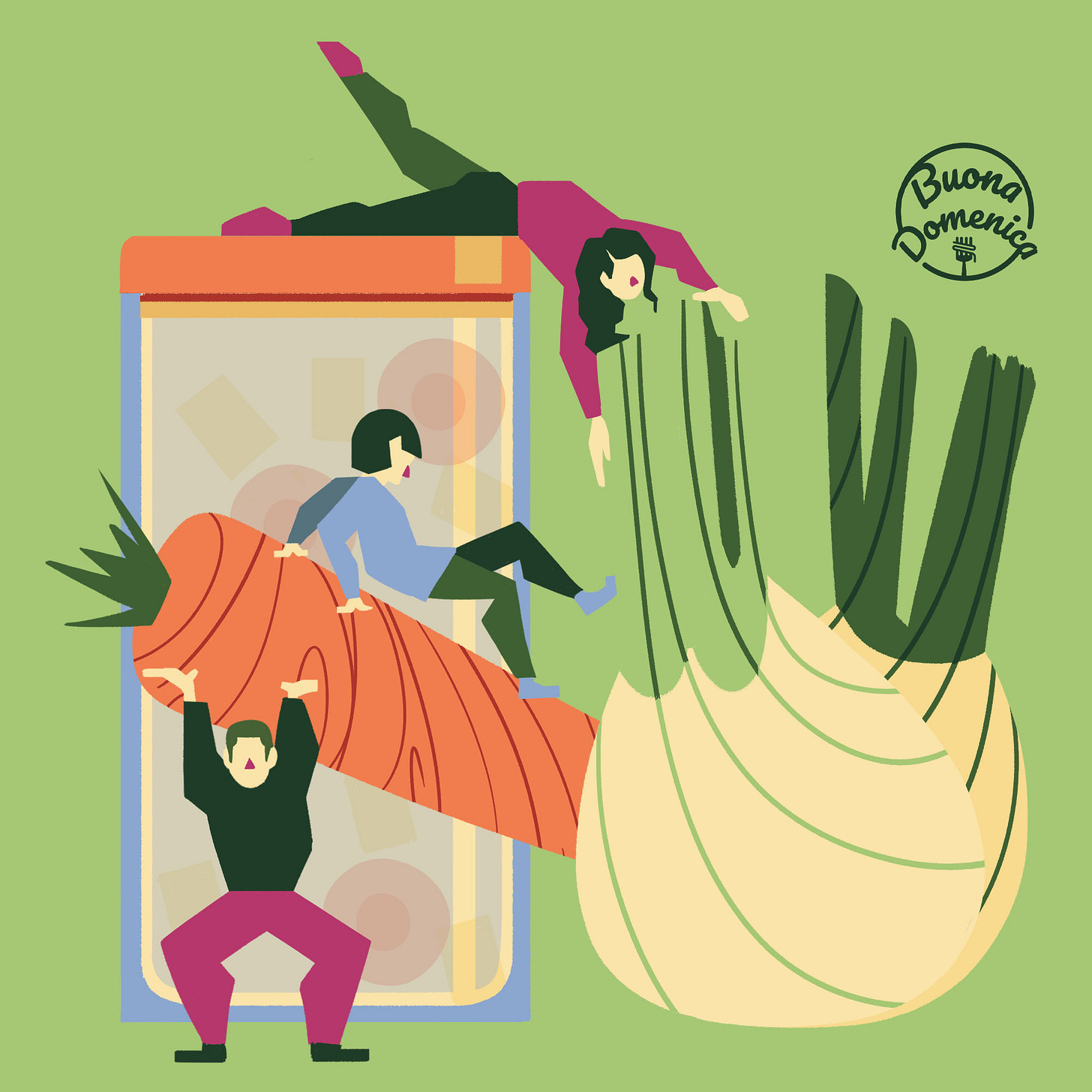New class alert: I’m going to be teaching an online class on homemade ricotta gnocchi on Saturday, April 22. You’ll find details and a link to register at the end of this newsletter.

For a good stretch, from about 2014 to 2017 while I was working on and then promoting Preservi…
Keep reading with a 7-day free trial
Subscribe to Buona Domenica to keep reading this post and get 7 days of free access to the full post archives.



